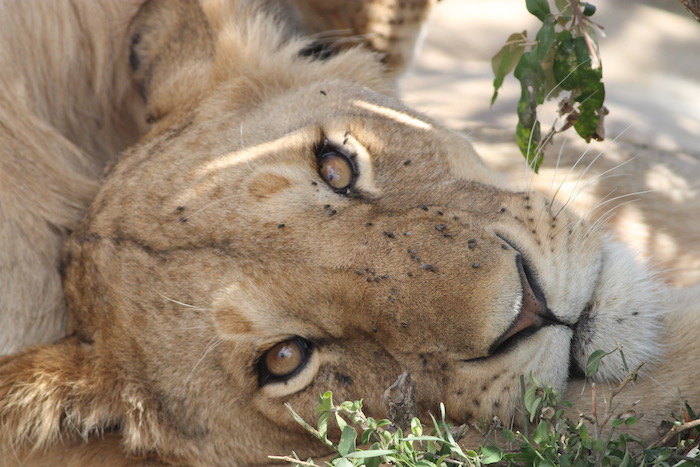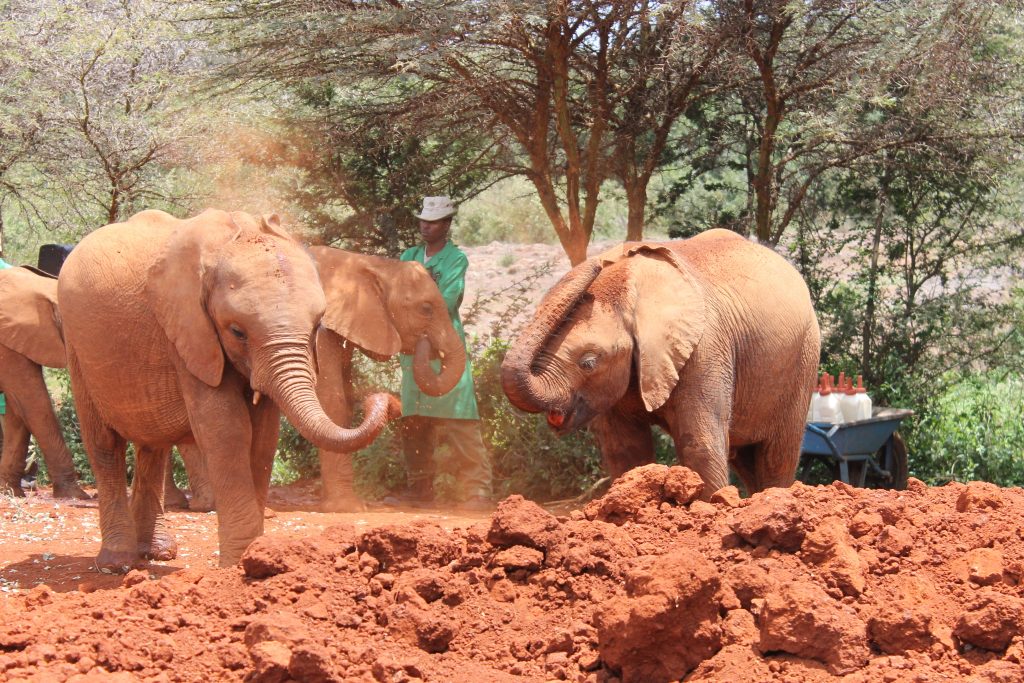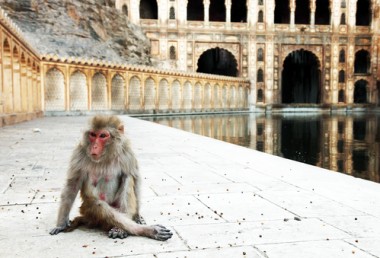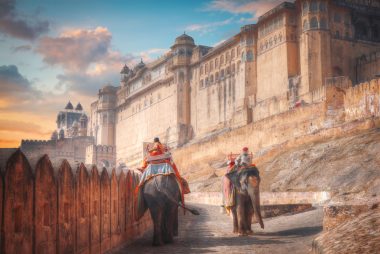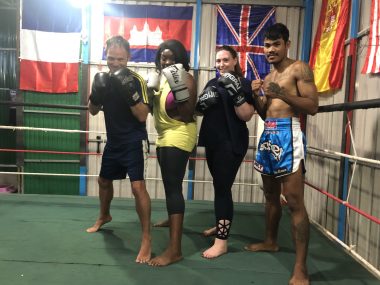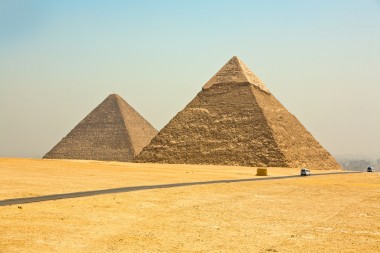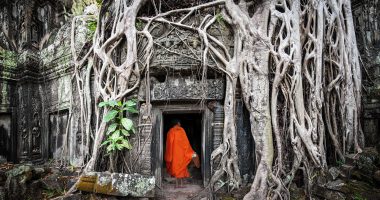The Maasai Mara
A Maasai warrior is a fine sight. Those young men have, to the utmost extent, that particular form of intelligence which we call chic; daring and wildly fantastical as they seem, they are still unswervingly true to their own nature, and to an immanent ideal. Their style is not an assumed manner, nor an imitation of a foreign perfection; it has grown from the inside, and is an expression of the race and its history, and their weapons and finery are as much a part of their being as are a stag’s antlers.
Karen Blixen

After an amazing week visiting B1G1 projects, we end our trip to Kenya with a 2-day safari in the Masai Mara. This feels like a very relaxed safari as Mum, Bec and I already did two Safari’s a few weeks ago – so the pressure is off in terms of spotting wildlife (although we still haven’t seen a Leopard).

The Masai Mara is home for East Africa’s most iconic wildlife including: lions; elephants; leopards; zebra and giraffes.
As we left the airport to drive to our accommodation which is located inside the National Park, we spotted a mother giraffe with two calves – adorable.
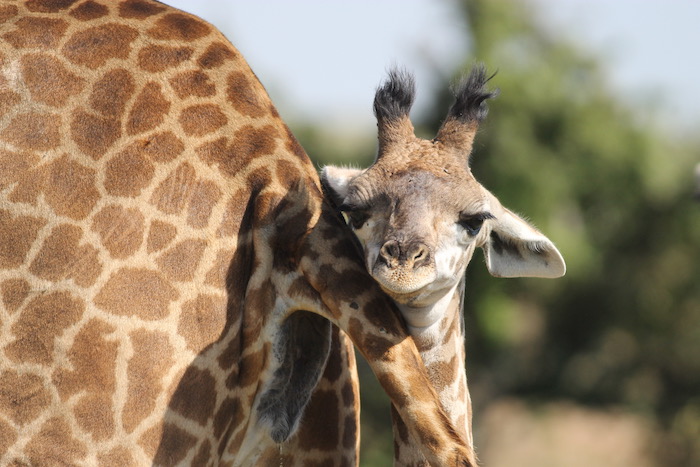

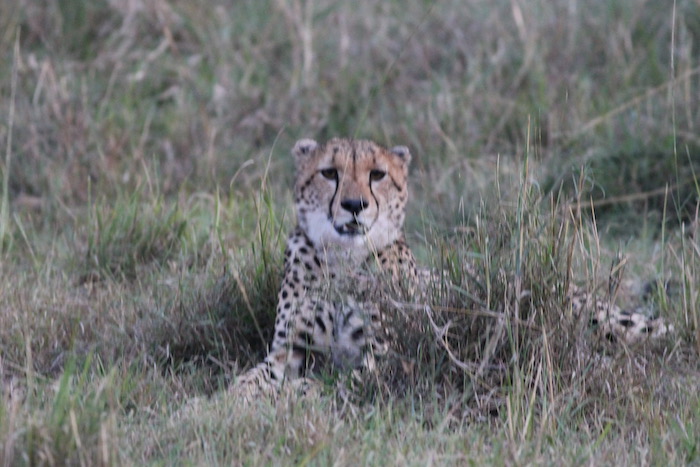
We all know about the cheetah’s electrifying speed. Large nostrils and an enlarged heart and lungs help the world’s fastest land animal to reach speeds of 114kph (71mph). A long tail helps it to balance as it tears after weaving, zig-zagging prey, and claws that never fully retract help it to maintain traction on the ground.
But speed alone is not enough, and an explosive bust of energy is only the endgame to a much longer and more subtle hunting strategy. Cheetahs have evolved to exploit the Mara landscape. They use the termite mounds and fallen logs that litter the plains to scan from distance for nervous, jittery prey. The tall grass provides perfect cover as they edge nearer. Only when the cheetah is close enough to be confident of a kill will it risk expending energy in an exhilarating but draining test of speed. On average, every second chase results in a kill.
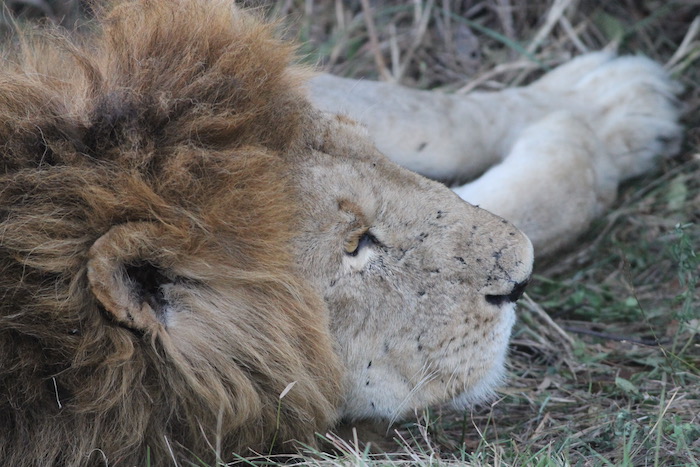
Lion population in Africa is estimated to have declined by 43% in the past 20 years; with roughly 20,000 lions only believed to be roaming the entire Continent. It was incredible to get to see these up close and I’m so pleased I invested in an extra lens for my camera to capture these shots.

These Hippos were in a small lake just a short walk from our lodge. There was a viewing platform that we walked to each evening an sunset and it was incredible to see close to 70 Hippo emerge from the water one my one into the night. Hippos are the deadliest wild mammal in Africa, killing an estimated 500 people a year. Many attacks happen on land when humans inadvertently come between hippos and water, causing the beasts to panic.
